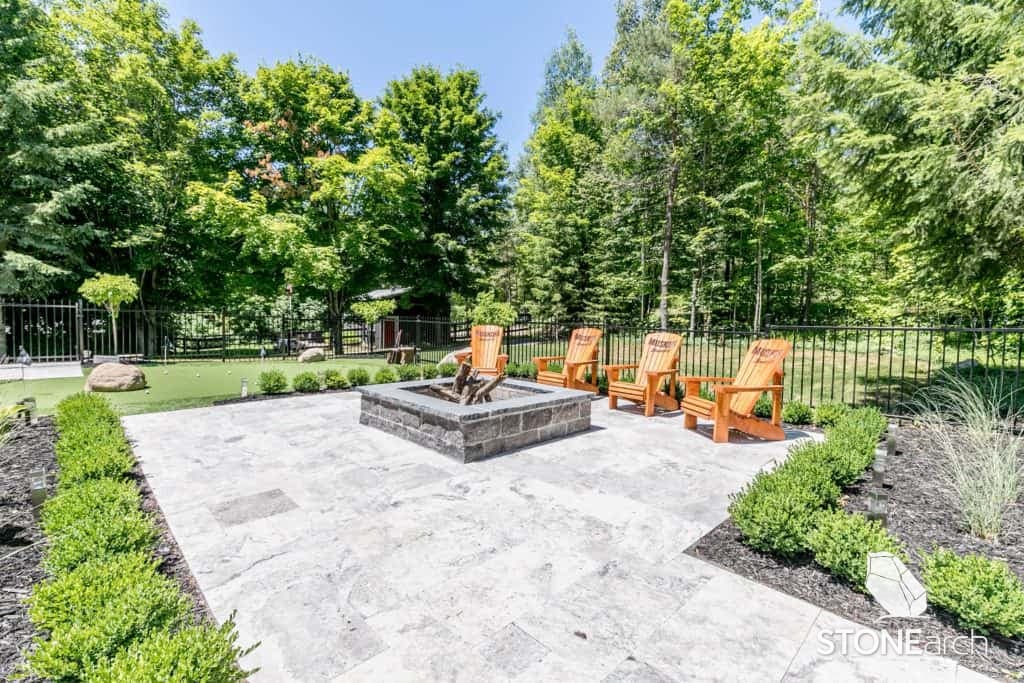What is a Patio?
A patio is an outdoor space connected to a house or building that is typically used for recreational purposes such as eating and entertaining. Patios are usually constructed with materials such as concrete, brick, or stone, and are designed to provide a comfortable outdoor living space.
Patios can range in size and design, with some being large enough to accommodate outdoor kitchens and dining areas, while others are more modest and simply provide a space to relax and enjoy nature. They can also be located in various areas of a property, such as in the backyard or on a rooftop.
In addition to providing a place for relaxation and recreation, patios can also add value to a property. Outdoor living spaces are becoming increasingly popular, and many homebuyers are willing to pay extra for a home that includes a well-designed and functional patio.
When planning a patio, it’s important to consider the location, size, and materials used. The location should be easily accessible from the house and should have adequate space for furniture and activities. The size of the patio will depend on the intended use and the available space. Materials such as concrete, brick, or stone are durable and can withstand outdoor elements, making them popular choices for patio construction.
Overall, a patio is a versatile and enjoyable addition to any home or building. It provides a comfortable outdoor living space that can be tailored to fit any lifestyle and can add value to a property.
Considerations for Choosing the Right Stone
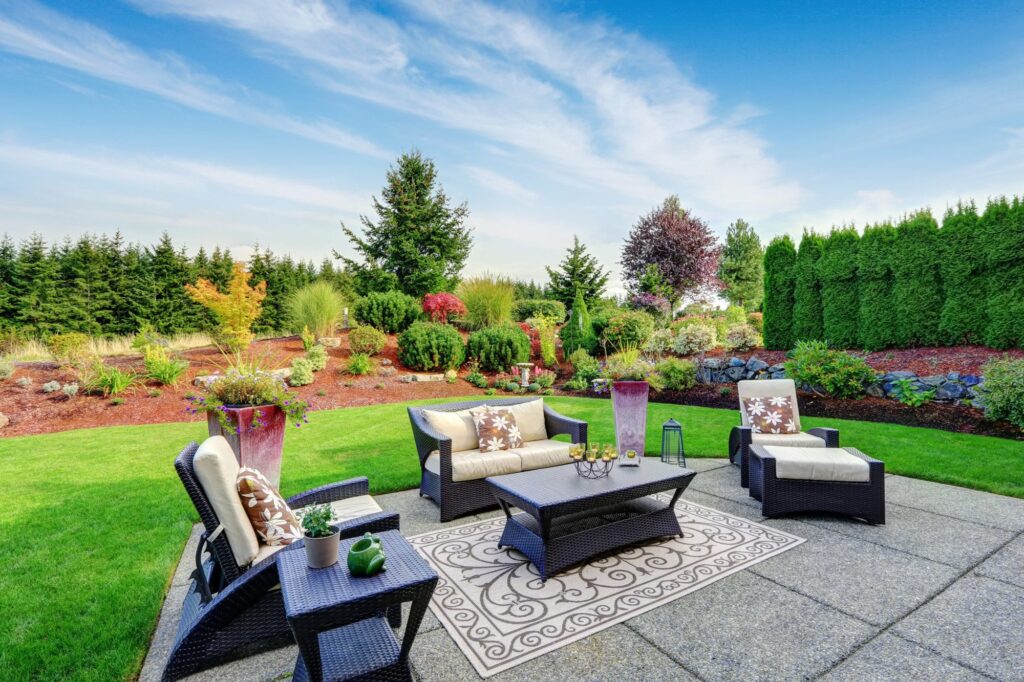
When it comes to building a patio, choosing the right stone can make all the difference. Stone patios not only add visual appeal to your property but also provide a durable and long-lasting surface for outdoor activities. However, with so many types of stones available, it’s not always easy to choose the right one. Here are some considerations to keep in mind when selecting a stone for your patio.
Durability: A patio is meant to last for many years to come, so it’s important to choose a stone that can withstand the elements. Look for stones that are hard and dense, like granite or sandstone, as they are less likely to crack or chip.
Color and texture: Stones come in a wide variety of colors and textures, so choose one that complements the overall aesthetics of your property. If your home is made of brick or has warm tones, consider a reddish-brown sandstone or brick pavers for your patio. If your property has a more modern look, gray or black slate might be a good option.
Size and shape: The size and shape of your patio can also affect the stone you choose. A smaller patio may look better with smaller, more uniform stones, while a larger patio can handle larger, more irregular stones. Keep in mind that larger stones may require additional labor for installation.
Price: Stone prices can vary greatly depending on the type and size of the stone. While some natural stones can be expensive, there are also cost-effective options like concrete pavers or pea gravel that can mimic the look of natural stone at a fraction of the cost.
Maintenance: Some stones require more maintenance than others. For example, natural flagstone may require sealing to prevent staining and extend its lifespan. Concrete pavers, on the other hand, require very little maintenance.
Ultimately, choosing the right stone for your patio depends on personal preference, budget, and the overall look and feel of your property. Consider all these factors carefully before making a decision, and consult with a professional landscaper if you need further guidance. With the right stone, your patio can be a beautiful and functional outdoor space for many years to come.
Square Footage
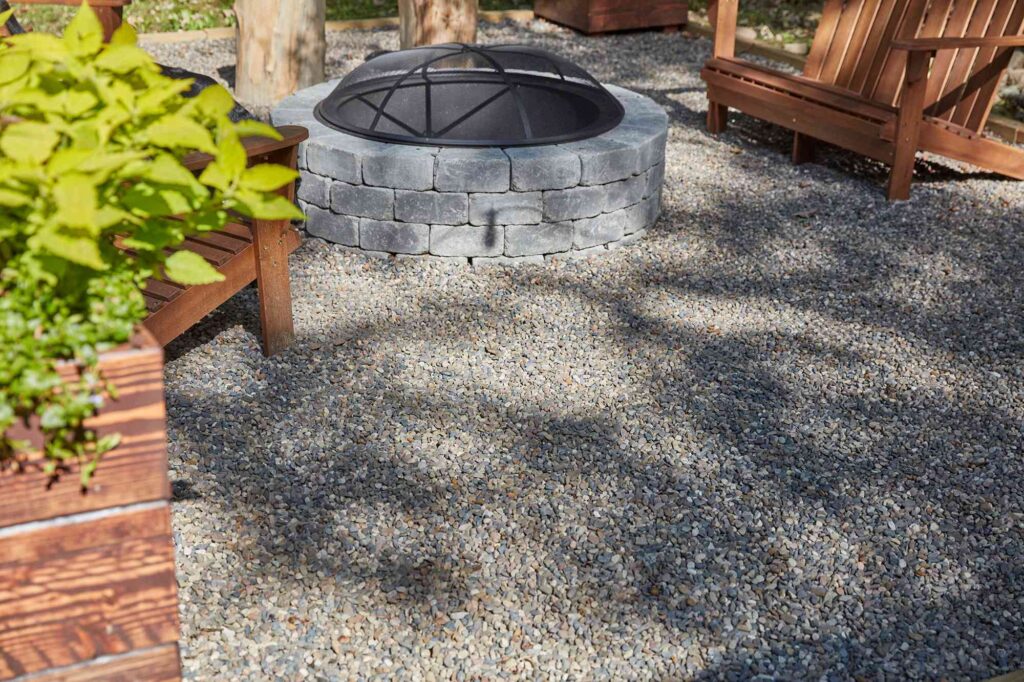
Square footage is a term that is commonly used in the real estate and construction industries. It refers to the measurement of a surface area, specifically the area of a flat surface such as a room, house or piece of land. When buying or selling a property, the square footage is an important factor to consider as it can affect the value of the property.
Square footage is calculated by multiplying the length and width of a room or space. For example, if a room is 10 feet wide and 12 feet long, the square footage would be 120 feet. This measurement is important as it is used to determine the size and cost of various materials needed for construction or renovation projects. It is also used to calculate the amount of space needed for various activities such as furniture placement or storage.
In addition to being used in construction and real estate, square footage is also important in everyday life. For example, when shopping for flooring or carpet, the square footage of the room must be calculated to determine how much material is needed. Square footage is also used in landscaping projects to determine how much sod or soil is needed to cover an area.
It is important to note that the square footage of a property does not necessarily reflect the usable space within it. For example, a 2,500 square foot house may have a significant amount of unusable space in the form of hallways, stairways or closets. This is why it is important to consider other factors such as layout and the number of bedrooms and bathrooms when buying or selling a property.
Overall, understanding square footage is essential for anyone involved in the construction or real estate industries as well as everyday homeowners. Accurately calculating the square footage of a space can help with efficient planning and budgeting for various projects, as well as determining the fair market value of properties.
How to Determine How Much Stone You Need
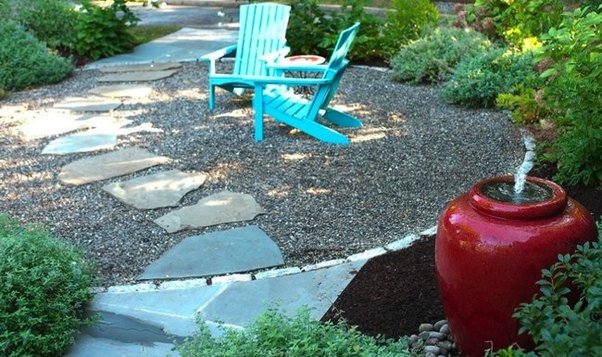
If you’re planning to add a stone feature to your property, like a patio or walkway, it’s important to have a clear understanding of how much stone you’ll need before you begin. This will help you accurately estimate the cost of your project and avoid any potential delays caused by running out of materials mid-way through the project.
The process of determining how much stone you need largely depends on the area you are covering. If you are creating a new outdoor space, you’ll need to measure the length and width of the area in feet. Multiply these measurements together to determine the square footage of the space.
If you are planning to cover an irregularly shaped area, break it up into smaller, manageable areas and calculate the square footage of each individual section. Once you have these individual measurements, add them together to get a total square footage for the entire area.
The next factor to consider is the depth of the stone you want to use. This will depend on the type of project you are undertaking and the weight that will be placed on the stones. A typical depth for a patio or walkway is around four inches, but for a driveway or other heavy-use area, you might want to go up to six inches. Once you know the desired depth, multiply it by the square footage of the area to get the cubic footage of stone needed.
It’s important to keep in mind that stone is typically sold by the ton, not the cubic foot. To convert your cubic footage to tonnage, divide the cubic footage by 27. This will give you the number of cubic yards needed, which can then be converted to tons using the density factor of the stone you intend to use.
It’s always a good idea to add 10-15% to your estimated quantity to account for any mistakes or unexpected issues that arise during installation.
In conclusion, determining how much stone you need requires careful measurement and consideration of the project’s depth and weight requirements. Take the time to calculate the correct amount needed to avoid delays, save money, and ensure a successful project.
Estimating Costs Based on Square Footage
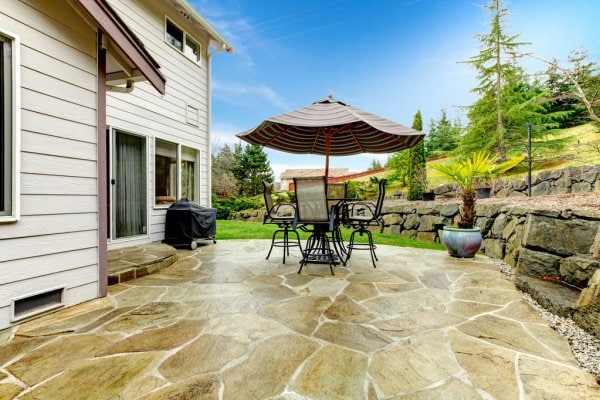
When it comes to planning outdoor projects, knowing how to estimate costs based on square footage can save you time and money. Whether you’re building a patio, installing a garden bed, or planning a landscaping project, understanding the square footage of the area you need to cover can help you determine the amount of materials needed and the overall cost of your project.
One of the first things to consider when estimating costs based on square footage is the type of project you’re undertaking and the materials you’ll need. For example, if you’re planning to build a patio, you’ll need to decide whether you want to use concrete, pavers, brick, or natural stone. Each material comes with its own cost range per square foot, so it’s important to research the different options and choose the one that fits your budget.
In addition to the cost of materials, you’ll also need to factor in the cost of labor. Some projects, like building a garden bed, may require minimal labor, while others, like installing an outdoor kitchen or patio, may require more skilled labor and a larger budget.
Another important factor to consider when estimating costs based on square footage is the location of your project. If you’re building a patio in an area that requires extensive excavation or grading, for example, you’ll need to budget for the additional time and expense of prepping the site. Similarly, if you’re building a garden bed in an area with poor soil quality, you may need to budget for additional soil amendments to ensure the success of your plants.
Finally, don’t forget to factor in the cost of any additional materials you’ll need, like landscape fabric, patio furniture, or gravel. These items may seem small, but they can add up quickly and significantly impact the overall cost of your project.
In conclusion, estimating costs based on square footage is an important part of planning any outdoor project. By considering the type of project, materials, labor, location, and additional materials needed, you can create a more accurate budget and ensure the success of your project while avoiding any unexpected expenses.
Average Cost of Different Types of Stones for Patios
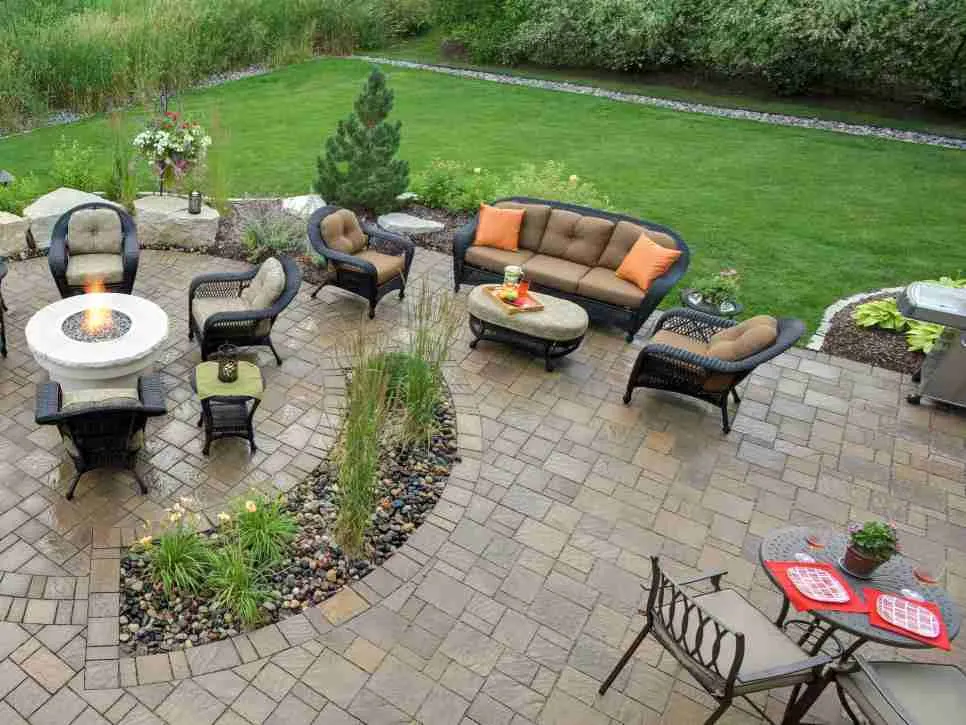
When it comes to building a patio, one of the most important decisions you’ll need to make is what type of stone to use. Stone is a popular choice for patios because of its durability and aesthetic appeal. However, the cost of different types of stones can vary greatly, so it’s important to know what you can expect to pay before starting your project.
Concrete pavers are a popular choice for patio surfaces because they come in a wide range of colors, are easy to install, and require little maintenance. On average, concrete pavers cost between $4 and $12 per square foot, depending on the quality and size of the paver.
Brick pavers are another popular choice for patios because of their classic look. They can also be arranged in a variety of patterns, adding to their appeal. On average, brick pavers cost between $10 and $20 per square foot.
Natural stone is a great choice for those looking for a high-end finish. Flagstone patio pavers, for example, are made from natural stone and come in a variety of colors and sizes. They are also durable, making them a great choice for outdoor living spaces. However, natural stone is generally more expensive than concrete or brick. On average, natural stone costs between $15 and $30 per square foot.
Pea gravel is another option for a patio surface, and it is often used for DIY projects because it is relatively inexpensive and easy to work with. Pea gravel costs between $1 and $5 per square foot, depending on the type of rock and depth of the patio surface.
Ultimately, the cost of your patio will depend on a variety of factors, including the size of the patio, the location of the project, and the type of stone you choose. However, by understanding the average cost of different types of stones, you can better plan your budget and make an informed decision. Remember to also factor in the cost of labor, additional materials, and any necessary prep work when estimating the total cost of your patio project.
Natural Stone, Flagstone, and Bluestone Pavers and Slabs
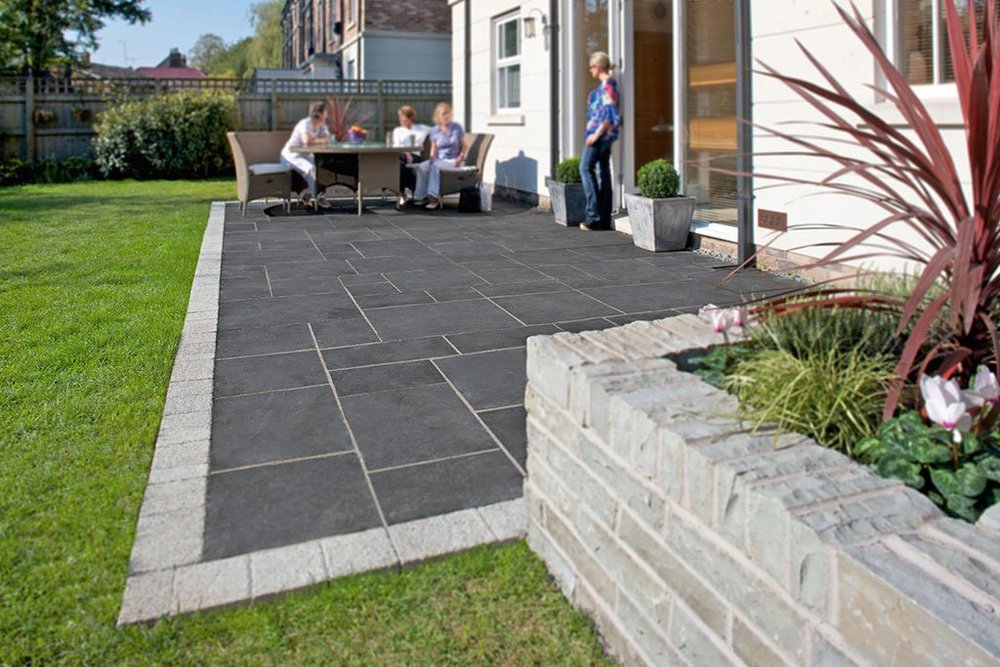
Natural stone is a popular choice for outdoor projects, especially when it comes to patios and walkways. Among the most commonly used natural stones are flagstone and bluestone pavers and slabs.
Flagstone is a type of natural stone that comes in a variety of colors and sizes, making it an ideal choice for outdoor patio projects. Flagstone patio pavers are perfect for those looking for a rustic, natural look in their outdoor living spaces. Flagstone pavers are usually made of sandstone, limestone, or quartzite, and offer a high-end finish to any patio or walkway. This type of stone is durable, easy to maintain, and can last for decades. Flagstone pavers typically range between $15 and $30 per square foot, depending on the type of stone and color chosen.
Bluestone is another popular choice for natural stone patio projects. This type of stone is typically blue-gray in color, giving it a unique look. Bluestone pavers and slabs are also extremely durable and can last for decades, making them a great investment for any outdoor space. Bluestone slabs come in a variety of sizes and thicknesses, making them versatile for any outdoor project. The average cost for bluestone pavers and slabs ranges from $4 to $8 per square foot, depending on the thickness and size selected.
One of the benefits of using natural stone for outdoor projects is that each piece of stone is distinct, with its unique color and texture. This means no two outdoor living spaces will look alike, making it a great way to express one’s personal style and taste.
It’s important to keep in mind that while natural stone pavers and slabs may be more expensive than other materials, such as concrete or brick, they offer a higher-end finish and add value to a home. Additionally, natural stone is low-maintenance, making it a worthwhile investment in the long-term.
Whether it’s flagstone, bluestone, or another natural stone, using these materials for an outdoor project will enhance the beauty and value of any property. So, if you’re considering investing in a new patio or walkway, consider using natural stone for a timeless and stylish upgrade.
Gravel and Pea Gravel Patios
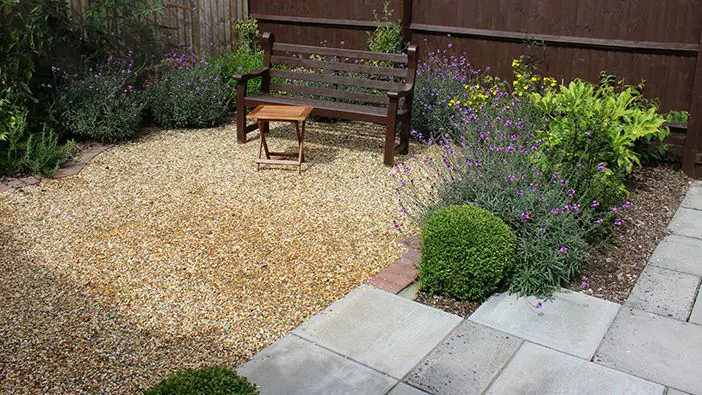
Gravel and pea gravel patios are becoming increasingly popular for outdoor living spaces. They offer a low-cost and versatile option for creating a stylish and functional outdoor patio. Gravel can come in a variety of sizes and types, including crushed stone, river rock, and decomposed granite. Pea gravel, on the other hand, is a smaller size and generally softer to walk on.
One of the benefits of both materials is their ability to easily conform to any shape, making them an ideal choice for irregular or curved patio layouts. They also require little prep work, meaning homeowners can tackle the project themselves with the right tools and materials.
When installing a gravel or pea gravel patio, it’s important to lay down landscape fabric to prevent weeds from growing through and to create a stable base. It’s also a good idea to plan for a depth of at least 4 inches to prevent shifting and settling over time.
Another benefit of gravel and pea gravel patios is their ability to quickly drain away rainwater. This is especially important in areas with heavy rainfall, preventing the patio from becoming flooded.
The cost of a gravel or pea gravel patio can vary widely depending on the type of gravel chosen and the size of the patio. Pea gravel can range from $30 to $45 per cubic yard, while crushed stone can range from $35 to $65 per cubic yard. While these costs can be significantly lower than other patio materials, such as natural stone pavers or concrete, it’s important to consider the ongoing maintenance costs. Gravel patios may need to be replenished or replaced over time due to wear and tear.
Overall, gravel and pea gravel patios offer an affordable and versatile option for creating a stylish outdoor living space. While they may require more maintenance than some other materials, their low cost and easy installation make them a worthwhile investment for homeowners on a budget.
Landscape Fabric Considerations
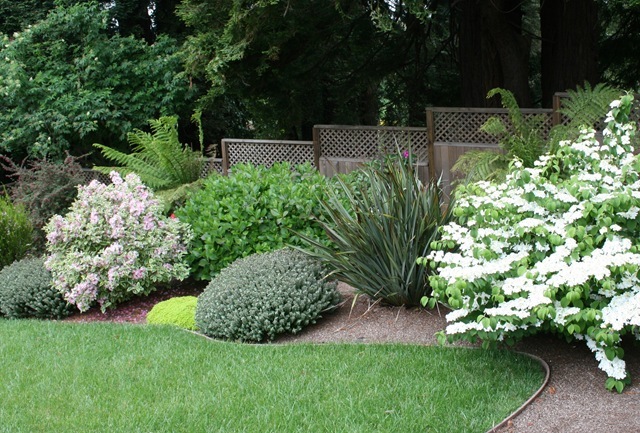
Landscape fabric is an important component of many outdoor projects, including patios, garden beds, and landscaping. It is typically made of woven or non-woven materials and is designed to block out sunlight and prevent the growth of weeds. However, before installing landscape fabric, there are a few considerations to keep in mind.
One of the most important considerations is the type of fabric to use. Woven landscape fabric is generally more durable and can last up to 20 years, making it a good choice for heavy-duty applications like driveways or walkways. Non-woven fabric, on the other hand, is more lightweight and can be easier to install, but may need to be replaced more often.
Another important consideration is the thickness of the fabric. Thicker landscape fabric is typically more effective at blocking out sunlight and preventing weed growth, but it can also be more difficult to work with and may not allow for adequate water flow to plant roots. Thinner fabric, on the other hand, may be easier to work with, but may not provide sufficient weed control.
The location of the project is also a consideration. In areas with heavy rainfall, it is important to choose a landscape fabric that allows for adequate water drainage. In areas with high temperatures, it is important to choose a fabric that can withstand UV exposure and will not break down over time.
Finally, it is important to consider the cost and environmental impact of the landscape fabric. While high-quality, durable fabric may be more expensive, it can save money in the long run by reducing the need for weed control and maintenance. Additionally, choosing a biodegradable or compostable fabric can minimize the impact on the environment.
In conclusion, landscape fabric is an important component of many outdoor projects, but careful consideration should be given to the type, thickness, location, cost, and environmental impact before installation. With the right fabric, outdoor projects can be made more durable, beautiful, and sustainable.

